Develop a model to describe that matter is made of particles too small to be seen.
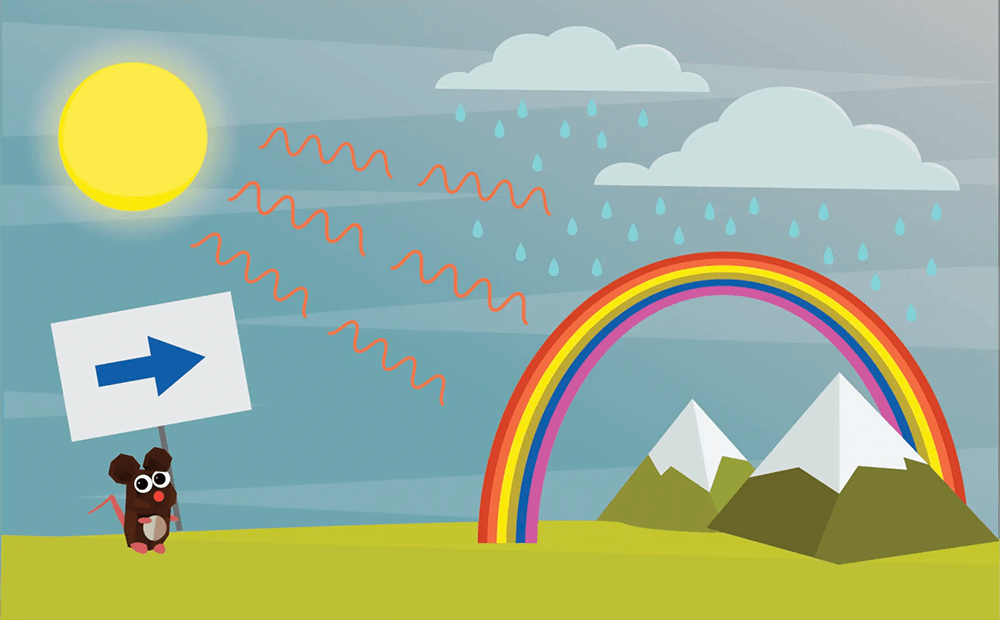
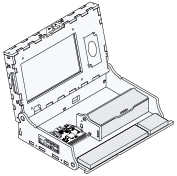 Piper Computer Kit
Piper Computer Kit
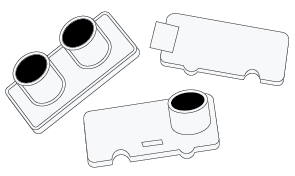 Sensor Explorer Kit
Sensor Explorer Kit
Provide students with a paper or digital version of the Graphic Organizer. They will be guided through an exploration of the UV rays emitted by the Sun.
Have students read the following or explain this to students:
“How we perceive color depends on more than wavelength and frequency. There is a biological process that allows us to see the visible light spectrum. We will explore this today."
Use slides 2-6 in the Lesson 2 Slide Deck to review with the class.
Note: Properties of waves (wavelength and frequency) were explored during Lesson 1.
Have students share their observations from the exploration.
Use slides 9-15 to review their observations from Chameleon Giant. The slides guide students through the color vision model and relate it to the actual human eye.Have students read the following or explain it to them:
“The ability to perceive color is a biological necessity. We connect colors with different feelings and behaviors. Imagine coming up to a stop sign. What do you immediately want to do? Similar to humans, other animals also perceive color. Butterflies, for example, perceive color through their 5 cones. They have the ability to perceive UV rays. This helps them identify other butterflies. Bees also can detect UV rays. This helps them identify flowers with specific patterns on their petals. Pollenation depends on them!”
[Optional]: students can read this fun article on the Mantis Shrimp and write a reflection in their journals.
Use the assessment on the different types of waves: Assessment.
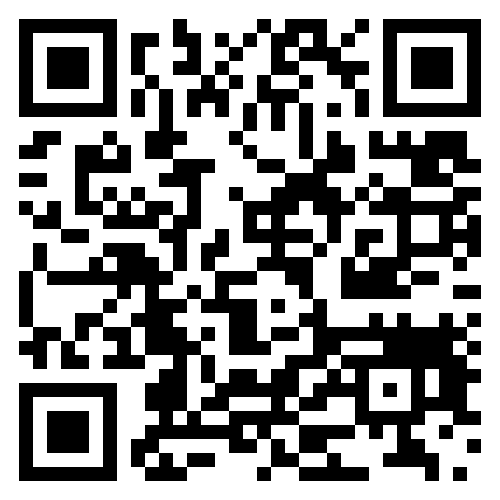 Graphic Designer: Salary $58,910/yr
Graphic Designer: Salary $58,910/yr
 Video Game Designer: Salary $83,240/yr
Video Game Designer: Salary $83,240/yr
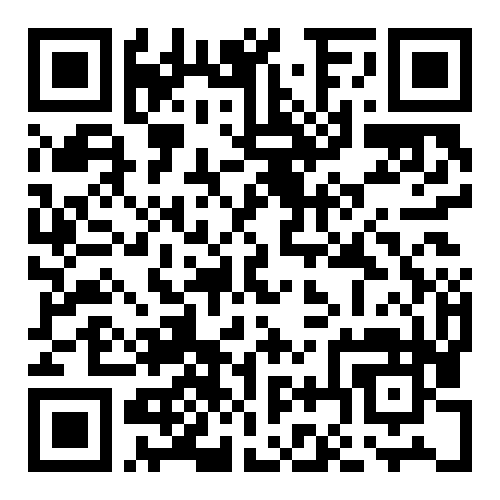 Web Developer: Salary $84,960/yr
Web Developer: Salary $84,960/yr
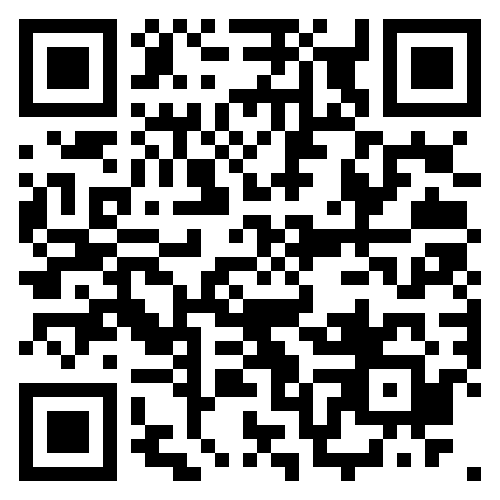 Advertising Executive: Salary $131,870/yr
Advertising Executive: Salary $131,870/yr
 DOWNLOAD
DOWNLOAD
RGB Value The letters stand for Red, Green, and Blue, which are the three basic colors of light used in electronics to create a wide range of colors. By combining different amounts of red, green, and blue light, screens and lights can produce various colors you see on TVs, computer monitors, and LED displays.
Photoreceptors Special parts in your eyes or electronic devices that detect light. In your eyes, they help you see by turning light into signals that your brain understands. In electronics, photoreceptors measure light and can help devices like cameras or light sensors work better by reacting to changes in light.
We are excited to be aligned with the following standards.

| Concept | Standard |
|
Develop a model to describe that matter is made of particles too small to be seen. |
3-5-PS1-1 |
|
Make observations and/or measurements of an object’s motion to provide evidence that a pattern can be used to predict future motion. |
3-PS2-2 |
|
Develop a model of waves to describe patterns in terms of amplitude and wavelength and that waves can cause objects to move. |
4-PS4-1 |
|
Develop a model to describe that light reflecting from objects and entering the eye allows objects to be seen. |
4-PS4-2 |
|
Generate and compare multiple solutions that use patterns to transfer information. |
4-PS4-3 |
|
Use a model to describe that animals receive different types of information through their senses, process the information in their brain, and respond to the information in different ways. |
4-LS1-2 |
|
Develop a model to describe the cycling of matter and flow of energy among living and nonliving parts of an ecosystem. |
MS-LS2-3 |
|
Develop a model that predicts and describes changes in particle motion, temperature, and state of a pure substance when thermal energy is added or removed. |
MS-PS1-4 |
|
Plan an investigation to determine the relationships among the energy transferred, the type of matter, the mass, and the change in the average kinetic energy of the particles as measured by the temperature of the sample. |
MS-PS3-4 |
|
Construct, use, and present arguments to support the claim that when the kinetic energy of an object changes, energy is transferred to or from the object. |
MS-PS3-5 |
|
Develop a model to describe that waves are reflected, absorbed, or transmitted through various materials. |
MS-PS4-2 |
|
Develop a model to describe the cycling of water through Earth's systems driven by energy from the sun and the force of gravity. |
MS-ESS2-4 |
|
Ask questions to clarify evidence of the factors that have caused the rise in global temperatures over the past century. |
MS-ESS3-5 |
|
Obtain and combine information to describe climates in different regions of the world. |
3-ESS2-2 |